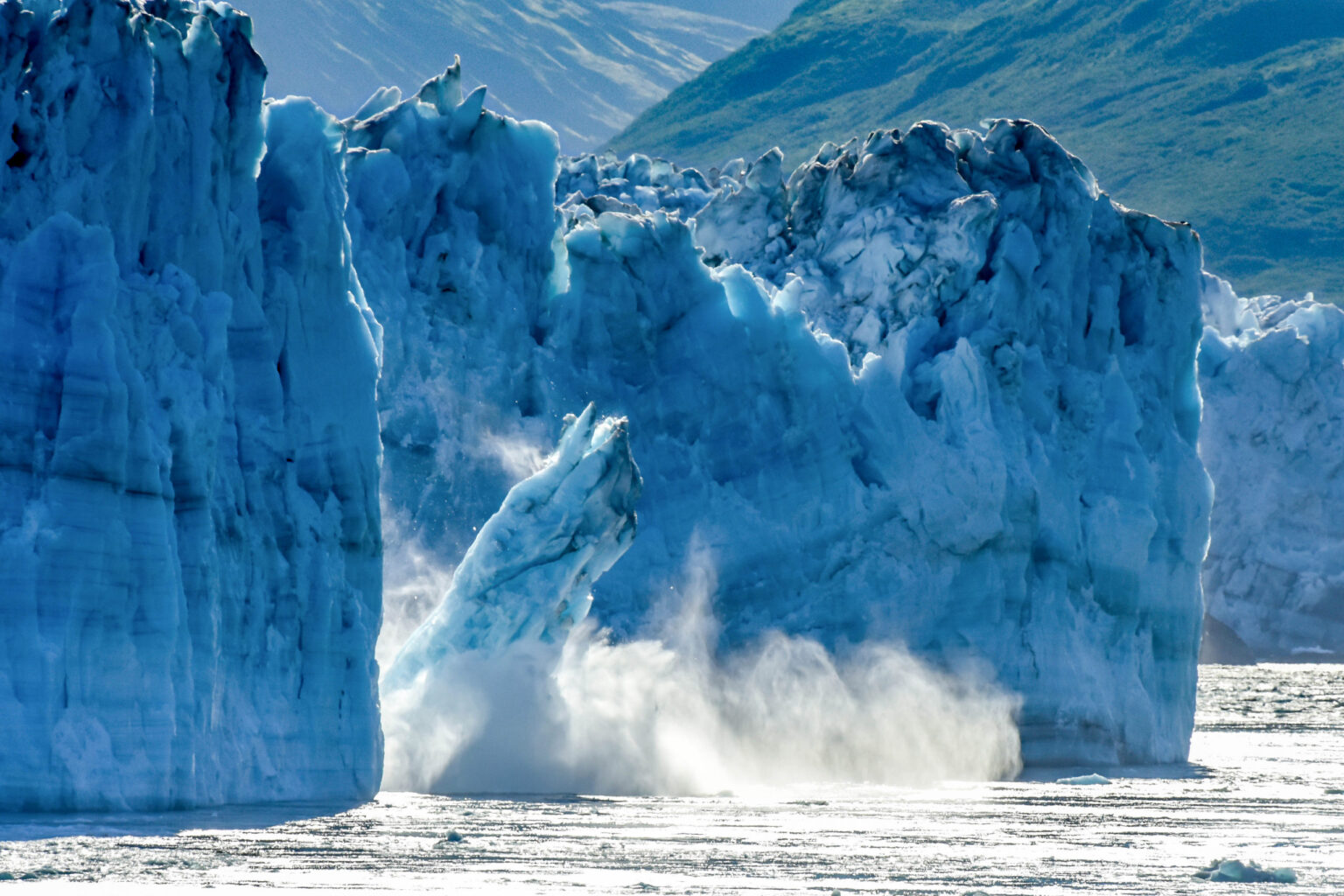The latest in a long line of ideas on how to stop or prevent the melting of glaciers in the Antarctic is the use of underwater curtains.
As the Earth’s climate crisis intensifies, the plight of Antarctica’s glaciers has reached critical levels. Scientists are urgently seeking solutions to prevent catastrophic ice loss, and one groundbreaking proposal has captured international attention: the deployment of massive underwater curtains to shield vulnerable ice sheets from the relentless onslaught of warm seawater.
The urgency of this endeavor cannot be overstated. Polar ice is disappearing at unprecedented rates, driven by soaring global temperatures and rising sea levels. The consequences of unchecked glacier melting extend far beyond the frozen continent, with the potential to inundate coastal regions and displace millions of people worldwide.
The proposed Seabed Curtain project of underwater curtains represents a bold attempt to confront this existential threat head-on. Spearheaded by an international coalition of researchers, the initiative envisions the construction of a 100km-long barrier anchored to the seabed of the Amundsen Sea. Rising some 200 meters from the ocean floor, the curtain would act as a formidable barrier against the incursion of warm water, which undermines the stability of coastal Antarctic glaciers.
At the heart of this ambitious undertaking lies the quest to preserve Antarctica’s most vulnerable ice sheets, particularly the Thwaites and Pine Island glaciers. These colossal ice formations serve as critical buffers, holding back vast quantities of ice from flowing into the ocean. Yet, they are increasingly imperiled by the relentless forces of climate change.
Glaciologist John Moore, a leading proponent of the Seabed Curtain project, underscores the urgent need for action. He warns that the unchecked melting of Antarctic glaciers could trigger cataclysmic flooding on a global scale, with devastating consequences for human civilization. To avert this impending crisis, innovative interventions are imperative.
The concept of underwater curtains represents a novel approach to glacier conservation, but its implementation poses formidable challenges. Researchers must grapple with complex technical and logistical considerations, from selecting suitable materials for curtain construction to devising mechanisms for deployment and maintenance.
Among the proposed strategies is the use of air bubbles to create a barrier against warm seawater intrusion. By deploying a network of pipes equipped with perforations along the seabed, researchers aim to generate a curtain of air that effectively blocks the flow of warmer water towards the glacier’s base. While promising in theory, this approach requires rigorous testing and refinement to assess its viability in real-world conditions.
Collaboration and innovation will be paramount as researchers embark on this ambitious endeavor of deploying underwater curtains. Partnerships between academic institutions, government agencies, and industry stakeholders will facilitate the exchange of expertise and resources needed to tackle the multifaceted challenges posed by glacier conservation.
In the coming years, researchers plan to conduct extensive field trials and simulations to evaluate the effectiveness of underwater curtains in safeguarding Antarctic glaciers. These efforts will culminate in the development of scalable, sustainable solutions that can be deployed across key glacier regions, helping to mitigate the devastating impacts of climate change on a global scale.
The road ahead is fraught with uncertainty, but the stakes could not be higher. As humanity collectively confronts the existential threat of climate change, bold initiatives like the Seabed Curtain project offer a glimmer of hope in an otherwise uncertain future.
